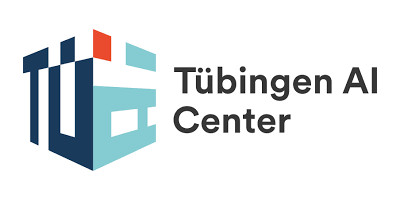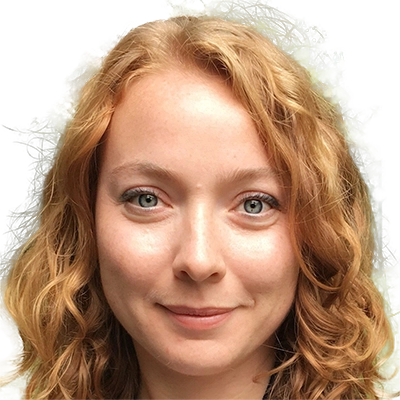Disentangled Representation Learning Through Geometry Preservation With the Gromov-Monge Gap
MCML Authors

Karsten Roth
* Former Member
Abstract

Karsten Roth
* Former Member
Abstract
Learning disentangled representations from unlabelled data is a fundamental challenge in machine learning. Solving it may unlock other problems, such as generalization, interpretability, or fairness. Although remarkably challenging to solve in theory, disentanglement is often achieved in practice through prior matching. Furthermore, recent works have shown that prior matching approaches can be enhanced by leveraging geometrical considerations, e.g., by learning representations that preserve geometric features of the data, such as distances or angles between points. However, matching the prior while preserving geometric features is challenging, as a mapping that fully preserves these features while aligning the data distribution with the prior does not exist in general. To address these challenges, we introduce a novel approach to disentangled representation learning based on quadratic optimal transport. We formulate the problem using Gromov-Monge maps that transport one distribution onto another with minimal distortion of predefined geometric features, preserving them as much as can be achieved. To compute such maps, we propose the Gromov-Monge-Gap (GMG), a regularizer quantifying whether a map moves a reference distribution with minimal geometry distortion. We demonstrate the effectiveness of our approach for disentanglement across four standard benchmarks, outperforming other methods leveraging geometric considerations.
inproceedings UER+24
SPIGM @ICML 2024
Workshop on Structured Probabilistic Inference & Generative Modeling at the 41st International Conference on Machine Learning. Vienna, Austria, Jul 21-27, 2024.Authors
T. Uscidda • L. Eyring • K. Roth • F. J. Theis • Z. Akata • M. CuturiLinks
arXivIn Collaboration

Research Areas
BibTeXKey: UER+24



